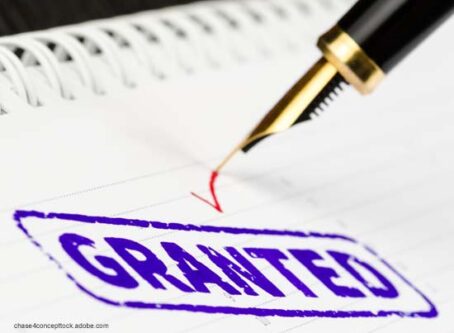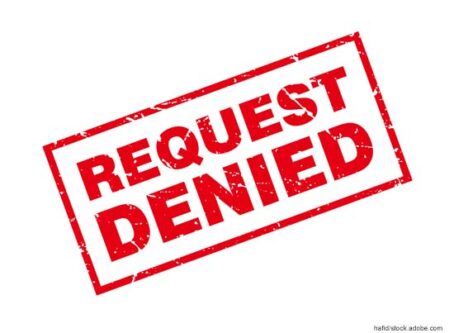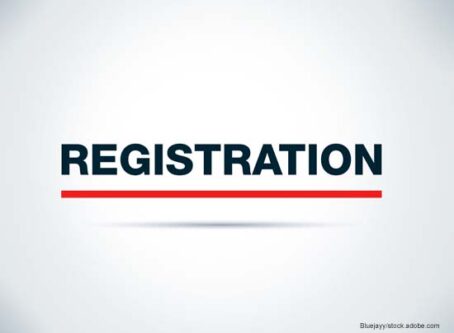PPP loan changes aim to help sole proprietors, independent contractors
The U.S. Small Business Administration announced some changes to its Paycheck Protection Program aimed at helping sole proprietors and independent contractors.
Announced on Monday, Feb. 22, the changes include:
- Establishing a 14-day, exclusive PPP loan application period for businesses and nonprofits with fewer than 20 employees.
- Allowing sole proprietors, independent contractors, and self-employed individuals to receive more financial support by revising the PPP’s funding formula for these categories of applicants.
- Eliminating an exclusionary restriction on PPP access for small-business owners with prior nonfraud felony convictions, consistent with a bipartisan congressional proposal.
- Eliminating PPP access restrictions on small-business owners who have struggled to make federal student loan payments by eliminating federal student loan debt delinquency and default as disqualifiers to participating in the PPP.
- Ensuring access for noncitizen small-business owners who are lawful U.S. residents by clarifying that they may use Individual Taxpayer Identification Number (ITIN) to apply for the PPP.
“The important policy changes we are announcing further ensure inclusivity and integrity by increasing access and much-needed aid to Main Street businesses that anchor our neighborhoods and help families build wealth,” SBA senior adviser Michael Roth said in a news release.
White House fact sheet
According to a White House fact sheet on the SBA changes, many sole proprietors and independent contractors had been “structurally excluded” from the PPP because of how the loans were calculated. Even when these businesses were approved for a loan, the White House said there were instances of businesses being approved for as little as $1.
As part of the changes, the loan calculation formula will be revised so that sole proprietors and independent contractors will be offered more relief. In addition, $1 billion will be set aside for businesses without employees located in low- and moderate-income areas.
“We believe these changes to the Paycheck Protection Program may help owner-operators finally get access to loans, and we appreciate that they are being made,” said Bryce Mongeon, OOIDA’s director of legislative affairs. “Over the last year, we have told Congress and SBA about the problems OOIDA members have had accessing loans because of the strict way maximum loan amounts are calculated. While these changes may be beneficial, the program ends soon on March 31. We will be watching closely to see how quickly the changes are implemented and if relief actually reaches truckers.”
When do the PPP loan changes begin?
The 14-day exclusivity period will start at 9 a.m. Eastern on Wednesday, Feb. 24, while the other four changes will be implemented by the first week of March.
The SBA said it is working on the program changes and will communicate details throughout the week.
“These actions will help to lay the foundation for a robust and equitable recovery for small businesses across the country,” the SBA news release said. “Small businesses employ nearly half of the American workforce. They create two out of three net new private-sector jobs, and they reinvest 68% of revenues to build and sustain communities.”
Borrowers can apply for the Paycheck Protection Program by downloading the First Draw PPP loan application or Second Draw PPP loan application and working with a participating PPP lender through the SBA Lender Match tool. LL









